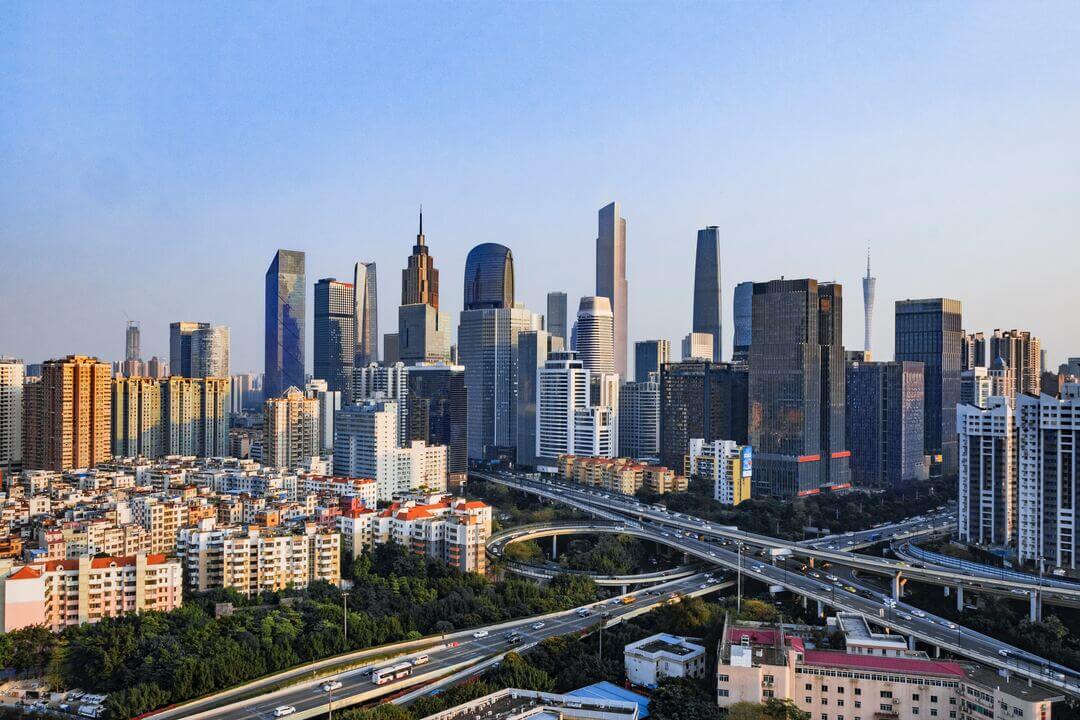After 3 years of zero covid policy, China is looking for growth and stability.
Will the Year of the Rabbit bring an economic rebound for China? What impact will Chinese policy have on the supply chain in the future? Can we expect global logistics to return to normal?
Centrimex, a sea and air freight forwarder based in Shanghai, Shenzhen and a number of other countries around the world, explains.
Chinese policy and world markets
The coronavirus epidemic has hit China with a bang. From February 2020 to December 2022, containment measures, restrictions on movement and even strict quarantine closed factories, severely affected logistics infrastructures and paralysed international trade, not just in China, but across the world.
The Middle Kingdom, a manufacturing giant
Since the 2000s, China has positioned itself as the export and transit country par excellence. This position became even more pronounced in 2013, when the Empire began investing massively in New Silk Roads across Central Asia and Africa to boost its foreign trade and forge strategic alliances with fast-growing countries. At the time, investment focused on the manufacture and export of manufacturing goods (domestic appliances, boilers, telephones and high-tech products, etc.).
The gradual rise in the price of labour and the introduction of restrictions on polluting industries by the Chinese government have led to the relocation of some Chinese production sites to neighbouring countries such as India and Vietnam. This phenomenon may have been accentuated by the global pandemic. Multinationals have had to find alternatives to maintain their production rate. Their investments have opened up new shipping routes in the Indian Ocean. The commercial port of Tuticorin in southern India, for example, is planning to open a 3rd container terminal in December 2024.
Une partie des flux qui transitaient par la Chine pourrait donc être acheminée directement par les pays voisins.
Prospects for innovation: Chinese technology at the service of the supply chain
In 2017, before the Covid-19 crisis, the Chinese Communist Party (CCP) led by Xi Jinping, stressed the importance of :
1) Stimulating domestic demand to improve Chinese people’s overall standard of living
2) Restructuring its industry to develop high-quality products with high added value
The reopening of China’s borders therefore coincides with government investment in research and innovation.
The development of NICT is opening up new prospects for China’s logistics sector. The creation of new intelligent warehousing systems, tracking applications, autonomous vehicles and other automated devices facilitates the tracking of shipments as well as transhipment and handling operations.
This new economic development strategy could therefore greatly benefit Chinese logistics hubs such as Shanghai, Tangshan, Tianjin, Shenzhen, Ningbo and Qingdao.

Reopening of ports in post-covid China
Today, the Port of Shanghai is the world’s leading container port, with 47.28 million TEUs, compared with 37.29 million TEUs for the Port of Singapore, ranked 2nd in the Alphaliner rankings. And that’s not all: Chinese ports now account for half of the world’s top 10 trading ports.
When access to container terminals was restricted by the pandemic, global logistics found itself in crisis. Even in the major ports of Ningbo-Zhoushan and Shanghai, which are largely automated, shipping companies have been put to the test. What’s more, since each exporter was attached to a specific customs office, it was difficult to divert large ships to smaller ports or to neighbouring countries. As a result, global maritime freight has suffered severe delays and numerous difficulties.
Fortunately, since last December, the end of restrictive measures hampering terminals has boosted the resumption of sea, rail, road and air transport from China.
Better still, freight rates and waiting times for cargo shipments are down significantly. Between the beginning of 2023 and the fourth quarter of 2021, transoceanic journeys between Asia and > North America (via the Pacific) and between Asia and > Europe (mainly via the Suez Canal) accelerated by 12 days, according to data from the SaaS supply chain platform E2Open. As a result, deliveries of goods from all over Asia have accelerated considerably.
News from the Chinese logistics sector
Rail freight booms on the China-Europe trade
At the crossroads of China and Russia, the rail port of Erenhot continues to step up its activity. Since the launch of the first China-Europe train in 2013, this “dry port” has handled more than 10,000 freight trains to 60 destinations. In January 2023, more than 1.43 million tonnes of cargo passed through what appears to be the new entry point between Asia and Europe.
Commercial flights resume
The gradual recovery in passenger flights is also boosting air freight. International airports are returning to normal in all regions of China, speeding up the transport of goods. Urgent air shipments are once again possible.
China-Russia trade talks intensify
Over the last 10 years, China has also built numerous motorways and an emblematic 100% freight road bridge over the Amur River, symbolising the rapprochement between China and Russia. The outlook for domestic and external road transport is therefore very positive.
Despite the war in Ukraine, the Kremlin and Beijing continue to enjoy close relations. Exports are therefore not held back by the conflict.
Eventually, China looks set to regain its pre-Covid position in world trade and supply chain organisation. Most of the global transport capacity coming onto the market in June will be positioned in this recovering market.
Would you like to find out more about importing and exporting to China post-covid or prepare your next shipment with an approved and experimented freight forwarder?





